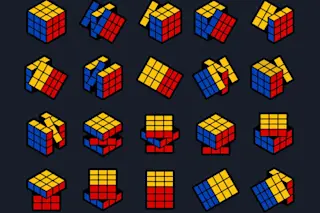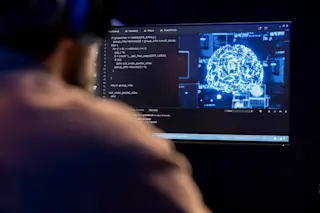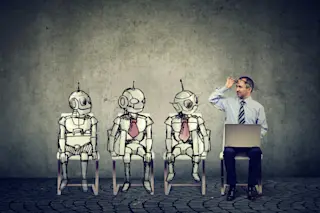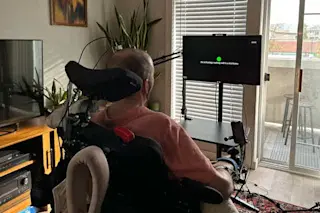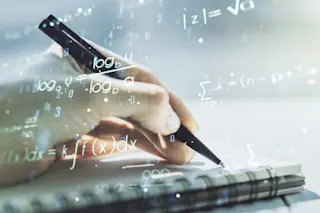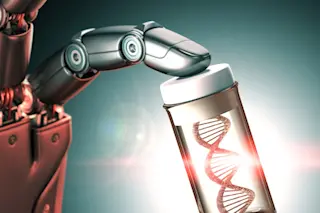In 1974, an architecture professor named Erno Rubik built a movable piece of art to help his students understand three-dimensional problems. Though his own creation took him more than a month to solve, it soon became an iconic puzzle game, the Rubik’s cube.
The goal of the game is to re-arrange the faces of a cube decorated with 54 multi-colored squares so that each face shows a solid block of color. There are 43 quintillion potential ways to arrange the squares but only one solution. Those numbers make the game one of the most challenging so-called combinatorial puzzles for people and for artificial intelligence (AI).
“Artificial intelligence can defeat the world’s best human chess and Go players, but some of the more difficult puzzles, such as the Rubik’s Cube, had not been solved by computers, so we thought they were open for AI approaches,” University of California, Irvine, computer scientist ...


